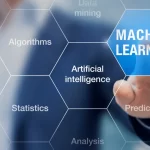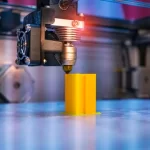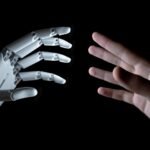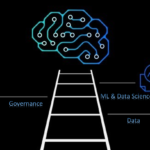AI and Disaster Prediction: Predicting natural disasters using AI-based models and algorithms.
Natural disasters have the power to disrupt lives and communities in an instant, leaving devastating consequences in their wake. As we strive to mitigate these impacts and protect our world, artificial intelligence (AI) emerges as a game-changing ally in disaster prediction. This blog explores how AI-based models and algorithms are transforming the landscape of disaster prediction, equipping us with the tools to anticipate and respond more effectively to nature’s most formidable forces.
The Power of AI in Disaster Prediction
- Advanced Data Analysis: AI algorithms can process vast amounts of data from various sources, such as satellite imagery, weather stations, and sensor networks, to detect patterns and anomalies that may indicate the onset of a natural disaster.
- Early Warning Systems: By analyzing historical data and real-time information, AI-powered early warning systems can provide timely alerts to communities, governments, and organizations, allowing them to take proactive measures to mitigate potential disasters.
- Predictive Modeling: Machine learning models can forecast the likelihood and intensity of disasters, such as hurricanes, earthquakes, and floods, based on historical and current data. These predictions aid in preparedness and resource allocation.
- Enhanced Accuracy: AI’s ability to process and analyze complex data sets leads to more accurate predictions and a deeper understanding of disaster dynamics, enabling better decision-making.
AI in Action: Disaster Prediction and Response
- Hurricane Tracking and Intensity Forecasting: AI algorithms analyze atmospheric conditions and historical hurricane data to predict the path and intensity of approaching storms. This information is crucial for evacuations, resource allocation, and emergency response planning.
- Earthquake Early Warning: AI-based seismic monitoring systems can detect the initial, less destructive waves of an earthquake and provide seconds to minutes of warning before the more damaging waves arrive, allowing people to seek safety.
- Flood Prediction and Management: AI models combine rainfall data, topographical information, and river levels to predict and monitor flood events. This aids in evacuation planning and flood control measures.
- Wildfire Detection: AI-powered image analysis can identify early signs of wildfires from satellite and drone imagery, enabling faster responses from firefighting teams and reducing the spread of the flames.
Challenges and Future Considerations
While AI offers significant advancements in disaster prediction, several challenges must be addressed:
- Data Quality and Availability: Reliable AI models require high-quality and up-to-date data. Ensuring data accuracy and access in all regions is essential for effective predictions.
- Model Interpretability: The ability to understand and interpret AI predictions is critical for decision-makers to trust and act upon the information provided.
- Ethical Use of Data: Balancing the need for accurate predictions with individuals’ privacy rights and data protection is crucial in AI-driven disaster prediction.
- Scalability and Accessibility: AI solutions should be accessible and scalable to ensure that all communities, regardless of their technological infrastructure, can benefit from timely disaster predictions.


































